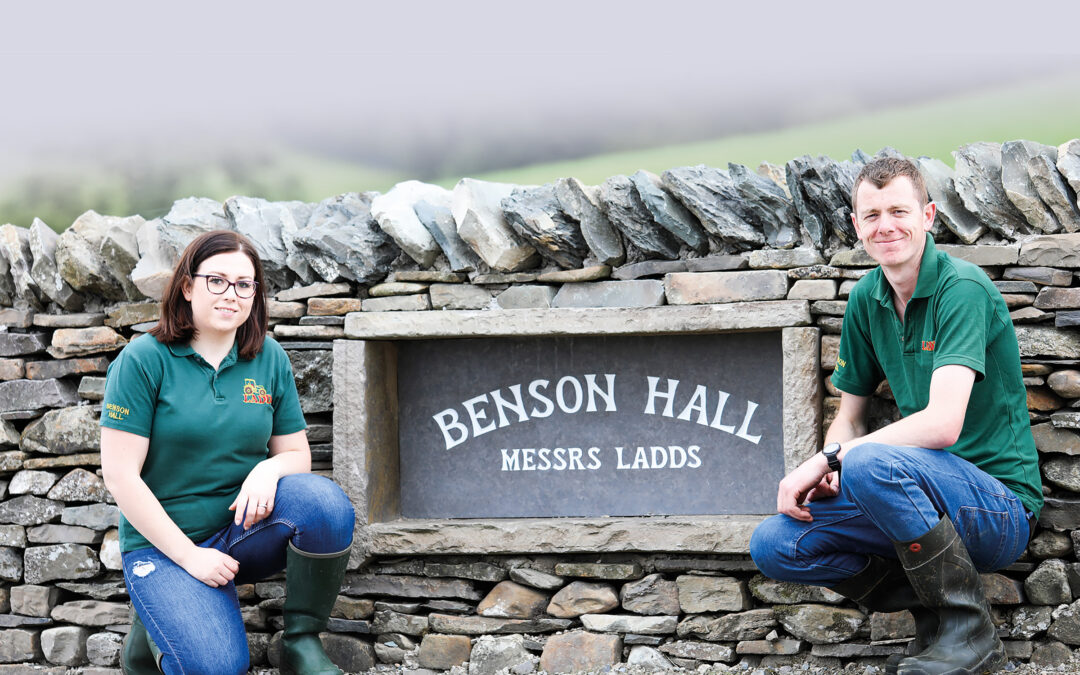
Benson Hall Farm
Easy keep, vesatile simmentals
Leaving more money for
cumbrian dairy farm
Snap shot feature of the Ladds family at Benson Hall Farm, Kendal, Cumbria where the versatility of the Simmental is adding £200-£300 per calf.
By using a Simmental bull on their dairy herd to produce strong, sellable store cattle, the Ladds family at Benson Hall Farm, Kendal, Cumbria have developed a low input, high output system that works well within their busy farming enterprise.
Brothers Richard and Chris Ladds, work alongside their wives Beth and Brooke and parents Andrew and Cath. In all, the Ladds milk 180 Holsteins and 22 pedigree Jerseys, with 800 breeding ewes (North of England Mules) and 40 pedigree Texels. They also run a contracting business and a caravan site. Within the Holstein herd, sexed semen is used on the heifers and young cows to breed replacement heifers, with an Angus bull used to sweep up the heifers. For the past four years, they have been using a Simmental bull to sweep up the young cows and on the older cows.
Richard explains: “We have tried a few different beef breeds over the years and thought we’d try something a bit different. We wanted frame and carcase, but also something that would be cheaper to feed and calving ease was a major priority. The Simmental seemed an ideal option, so we spoke to the Barlows, told them what we were looking for, and they were able to provide us with a decent, easy calving bull from their Denizes herd, which we bought privately.”
Calves are left on the dam for 24 hours before going onto a powder replacement milk for 12 weeks, then a ration of straw and cake until they are six months old, when they then go onto clamp silage.
“The Simmental calves hit the ground running and are easier and cheaper to rear than other beef breeds we’ve tried – they do really well off silage and a little cake. Costs obviously vary, but we think we’re around £200-£300 per calf better off, with the Simmentals,” says Richard.
One of the main advantages the Ladds have found is being able to sell the calves two months quicker than previously. They are sold as strong stores at 22-months, through Lancaster Mart, to a high demand. The 2021 batch of stores averaged £1,380.
Richard adds: “Our steers sell to a regular buyer, who has noted that the Simmental crosses go on and do well for him. There’s a good demand for the heifers through the ring, with some of them being bought as breeding heifers. We also bulled a few heifers this year and sold them as cow and calf outfits, so we have a lot more versatility with the Simmentals too.
“We’ve found it worthwhile buying a decent bull, as it definitely helps to sell the heifer calves – a lot of buyers do take note of the sire.”
The current bull is Denizes Kodak, sired by the Dinton Nautical son, Denizes Hamish, which is in the breed’s top 1% for calving ease.
“In our experience of using Simmental bulls, the breed does what it says it’s going to do. They are versatile and easily calved and the calves go on and do well,” adds Richard.

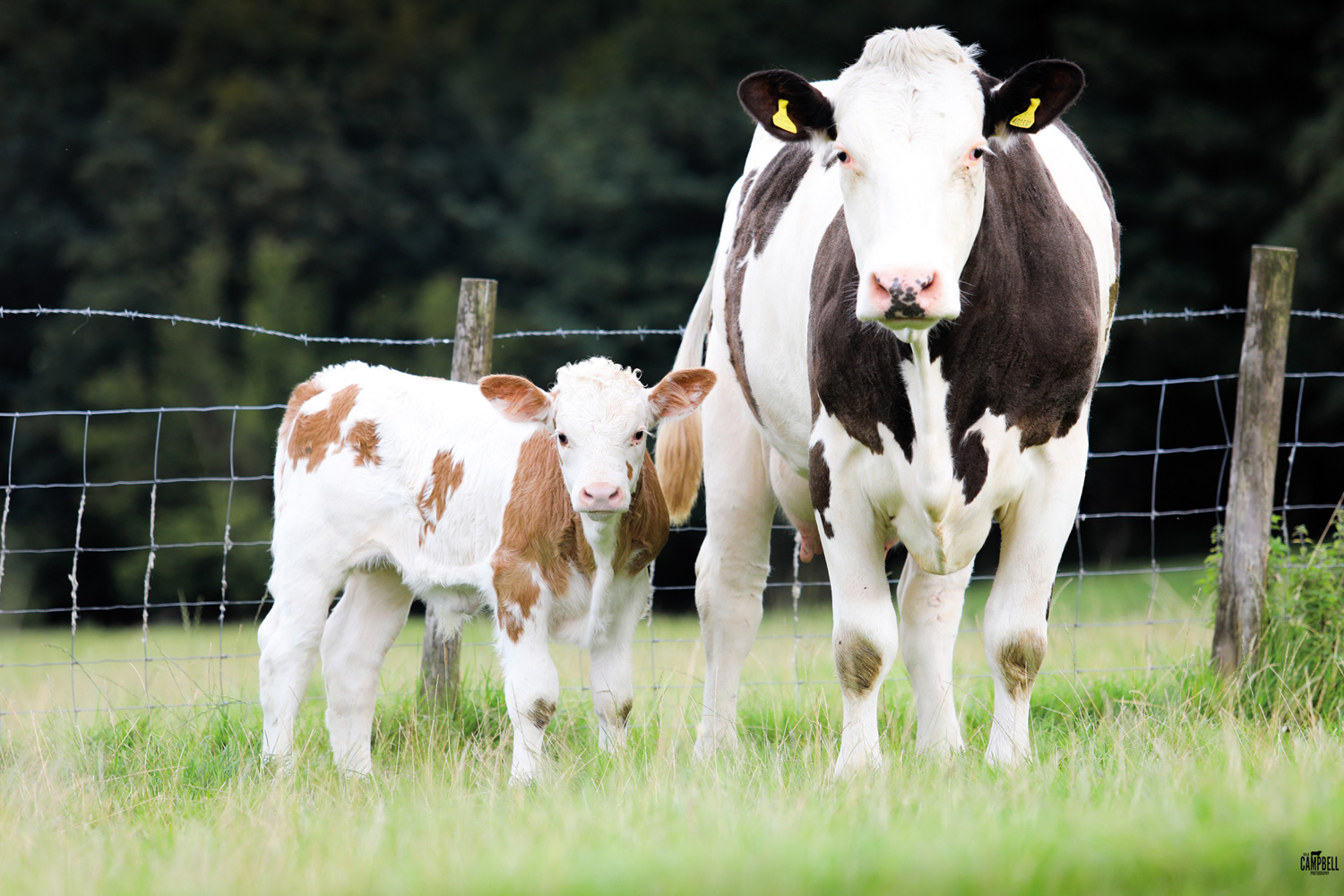
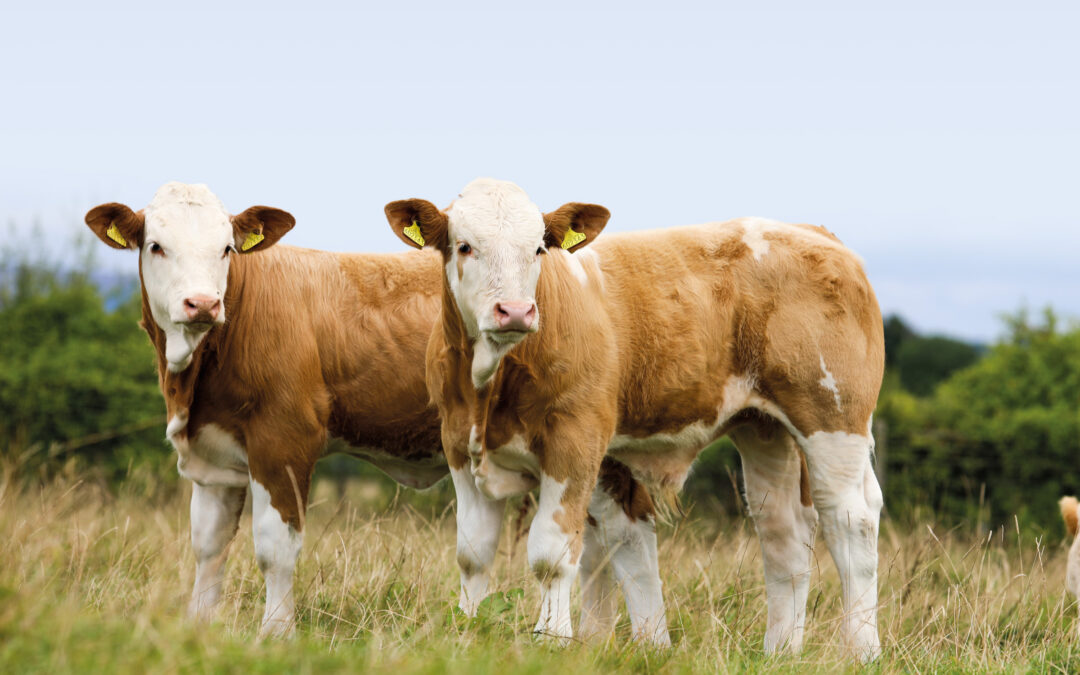


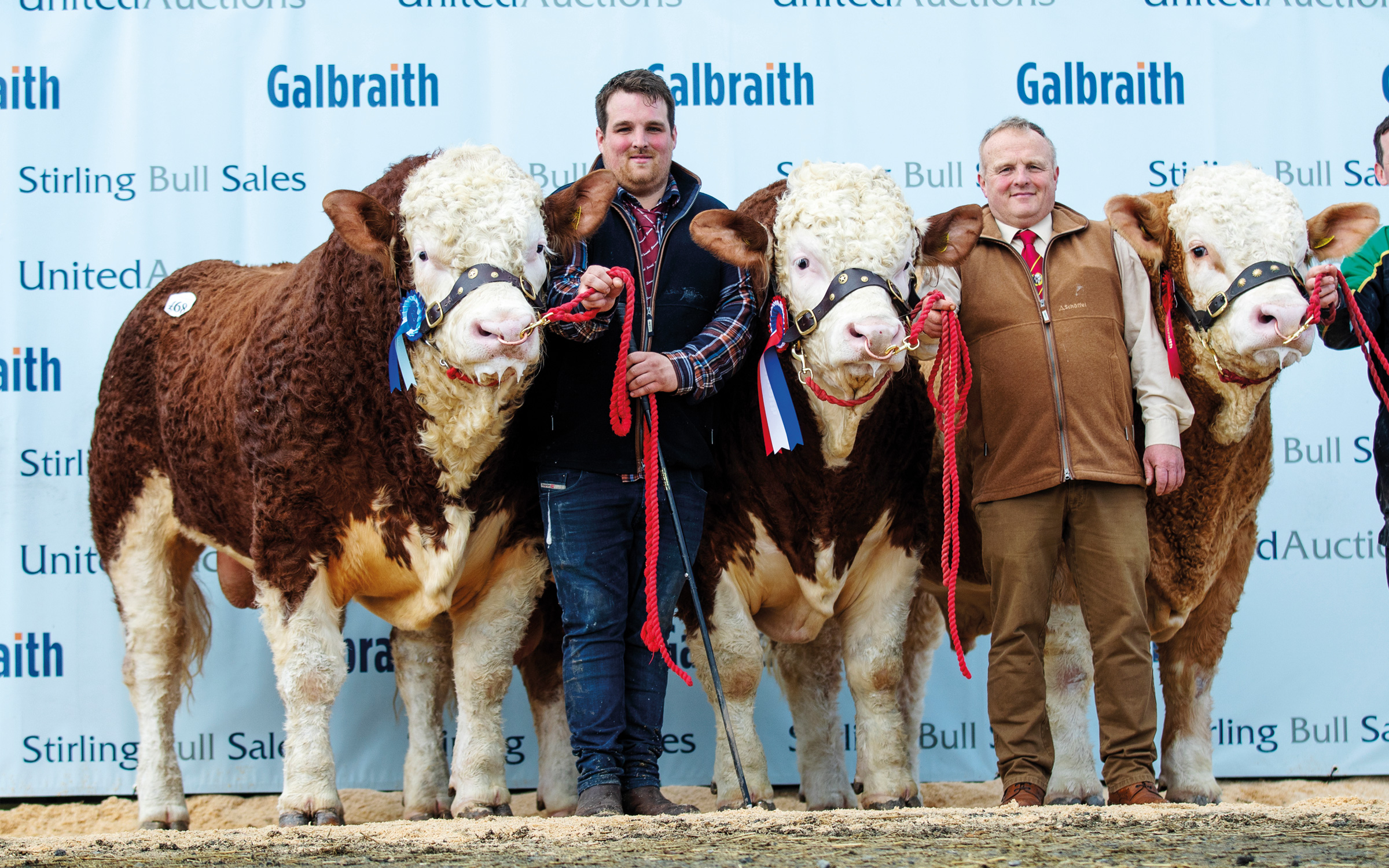
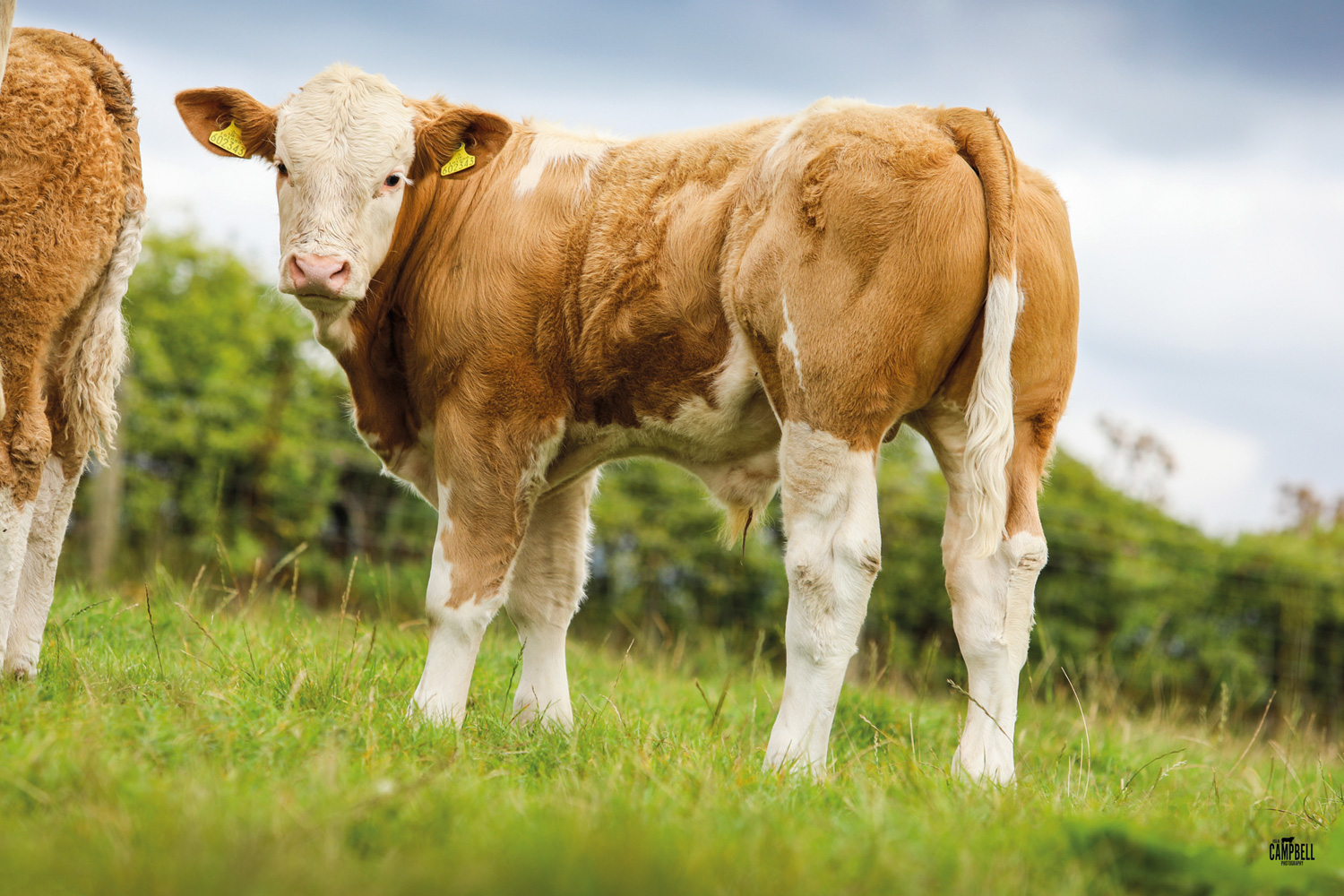

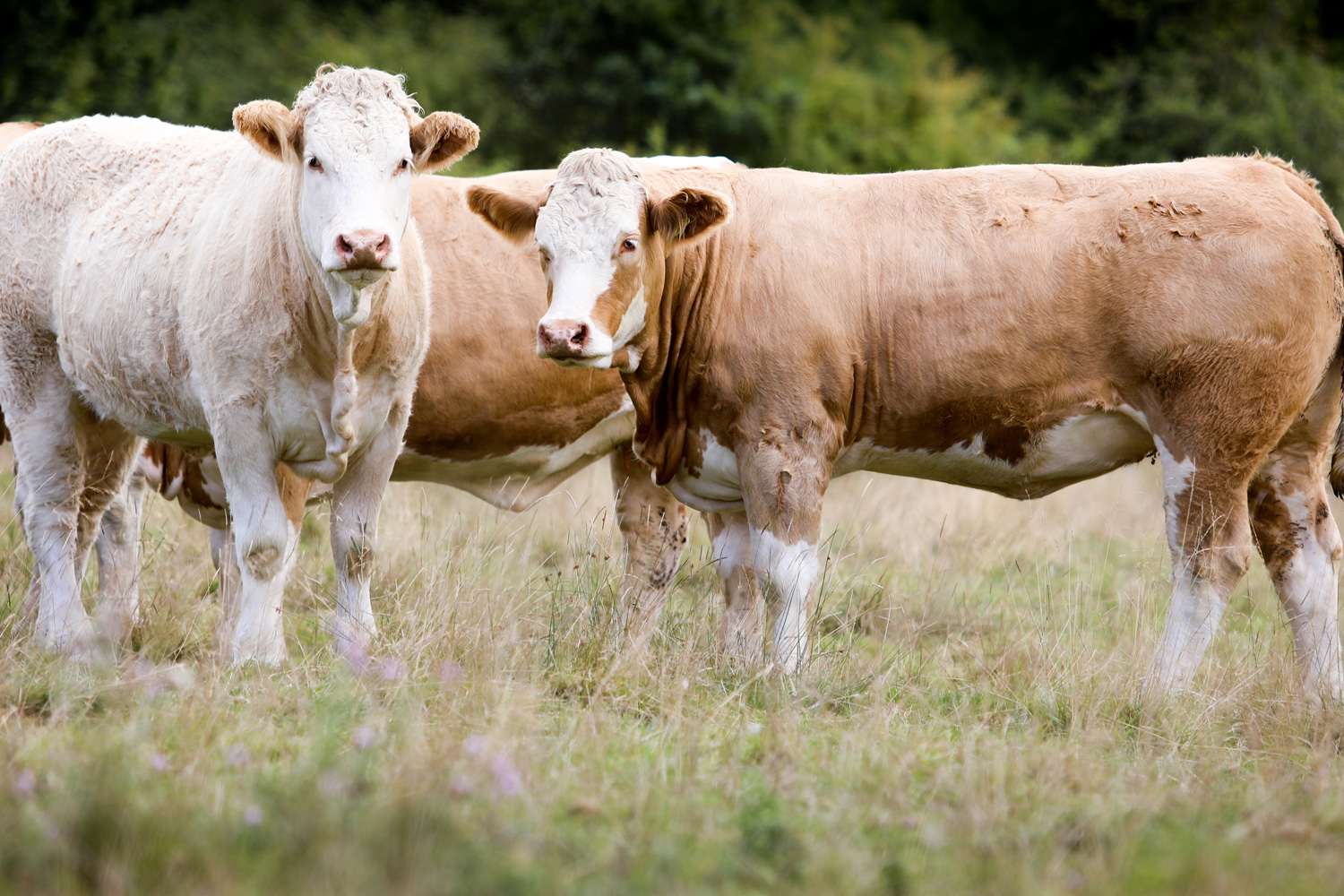
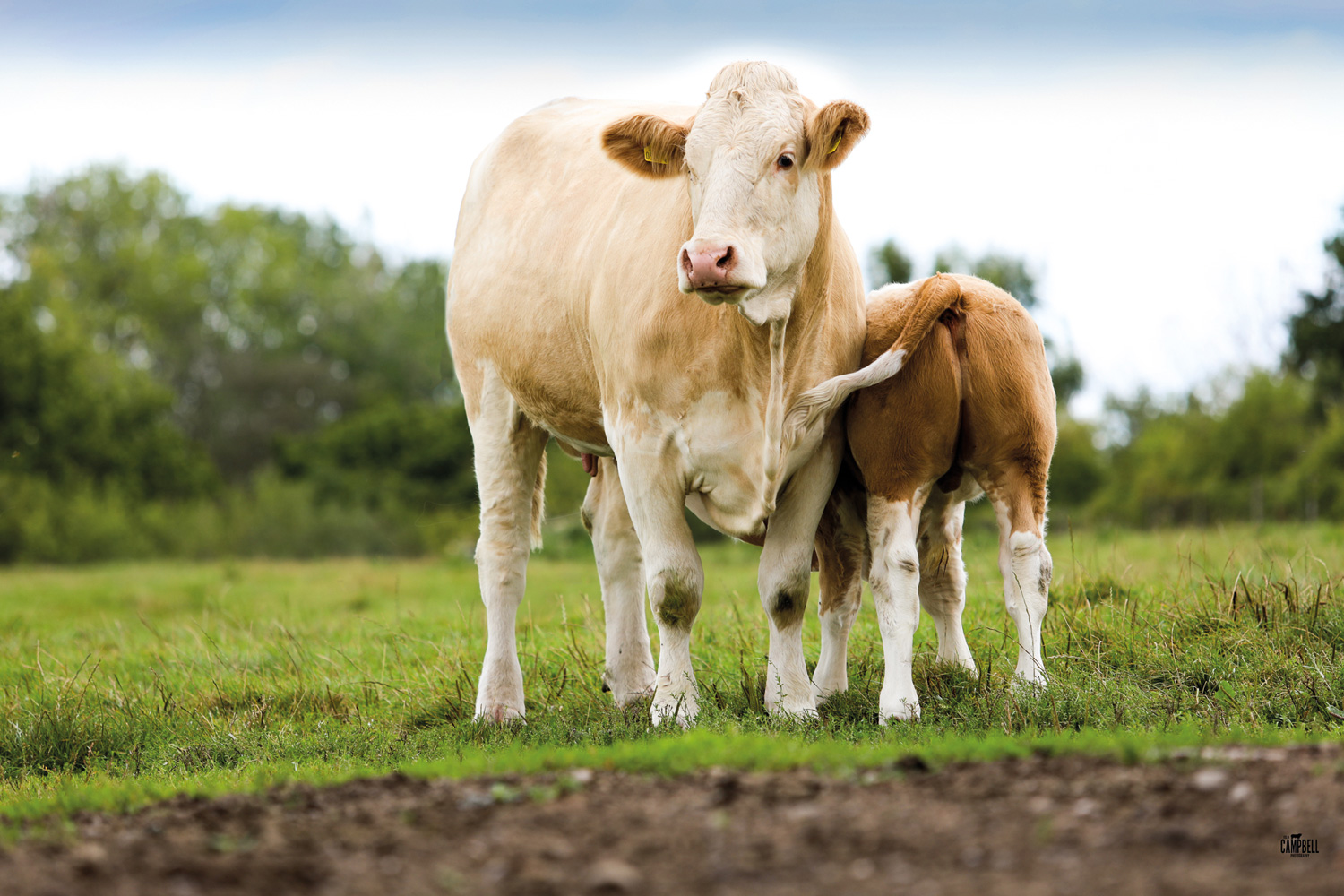


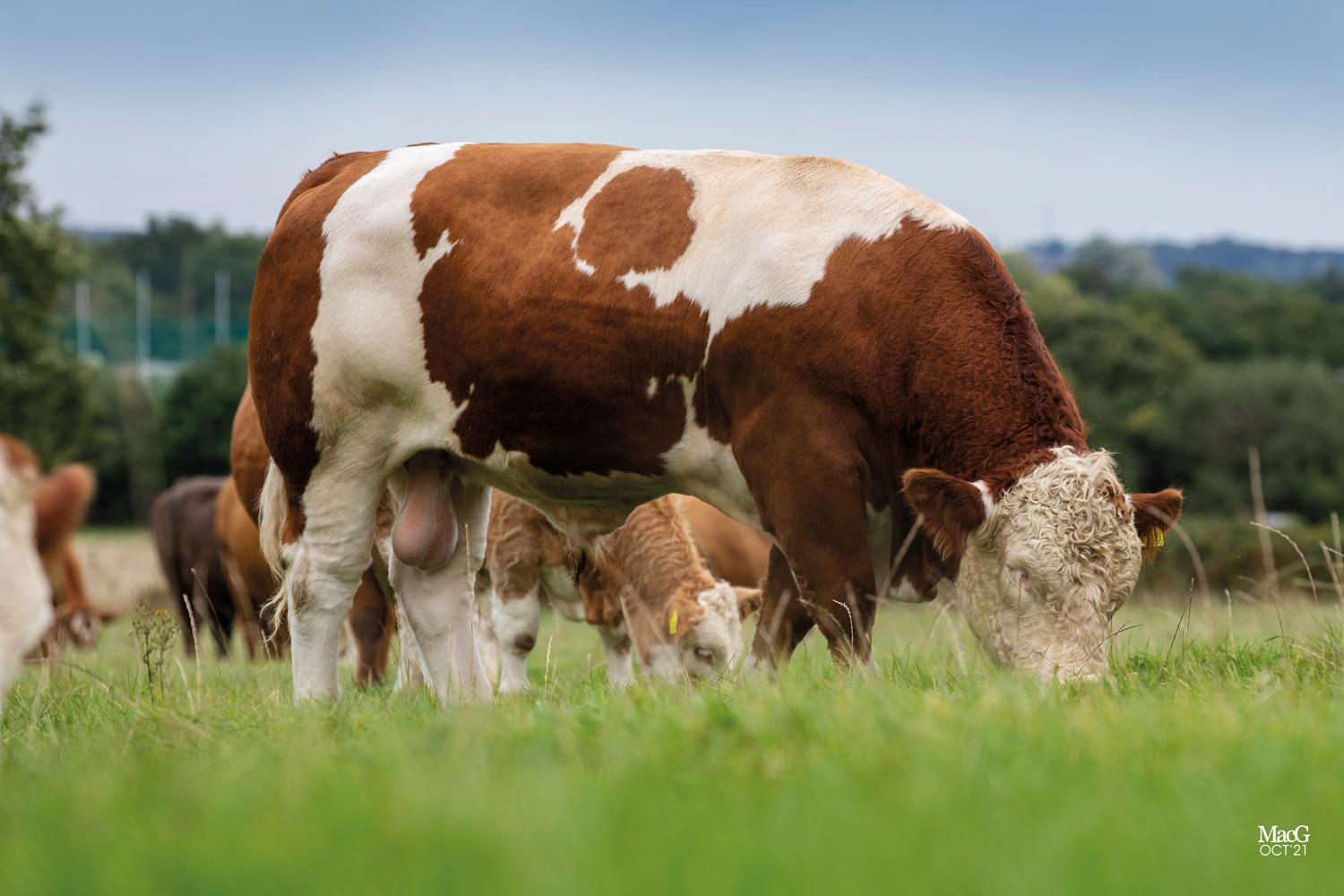
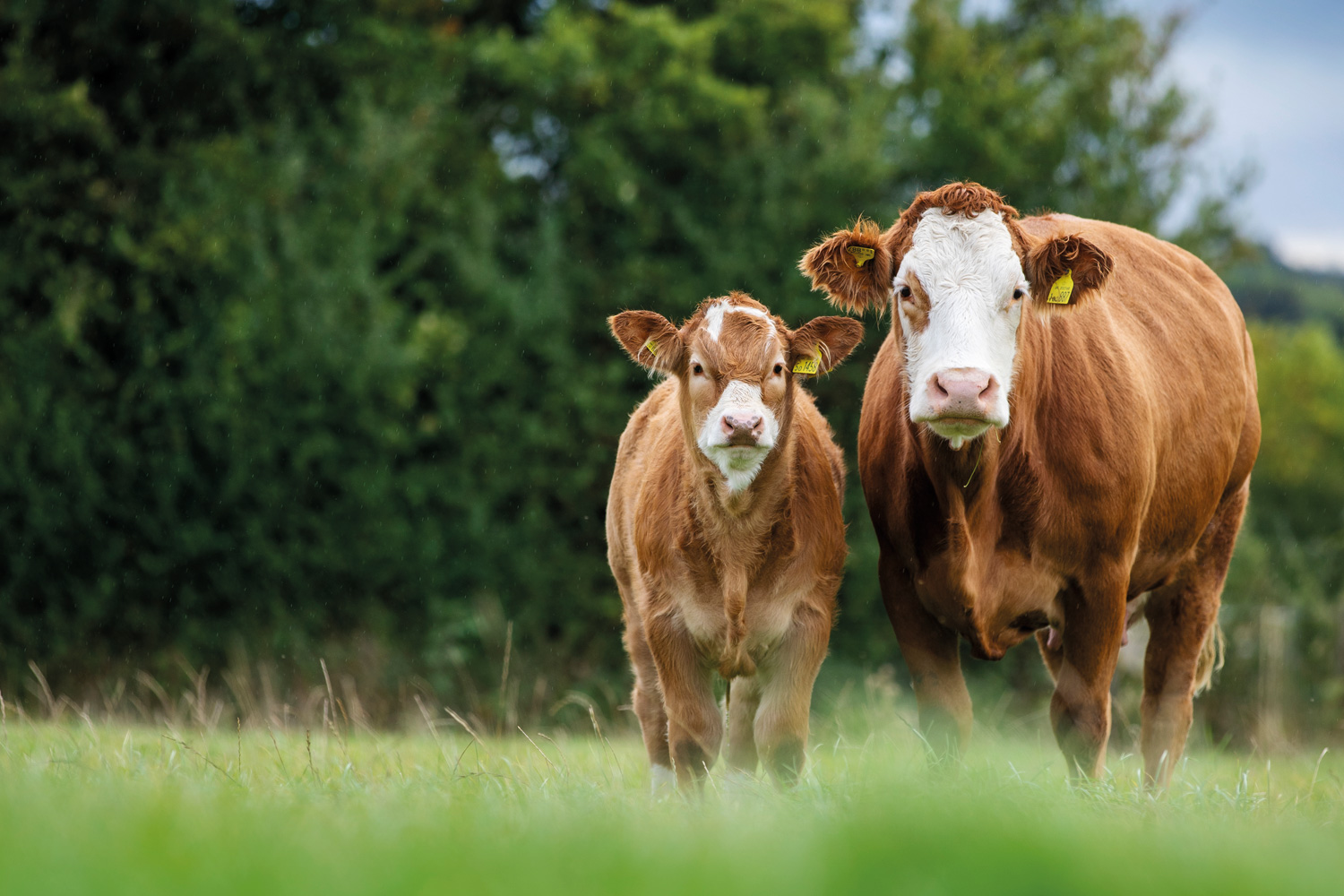
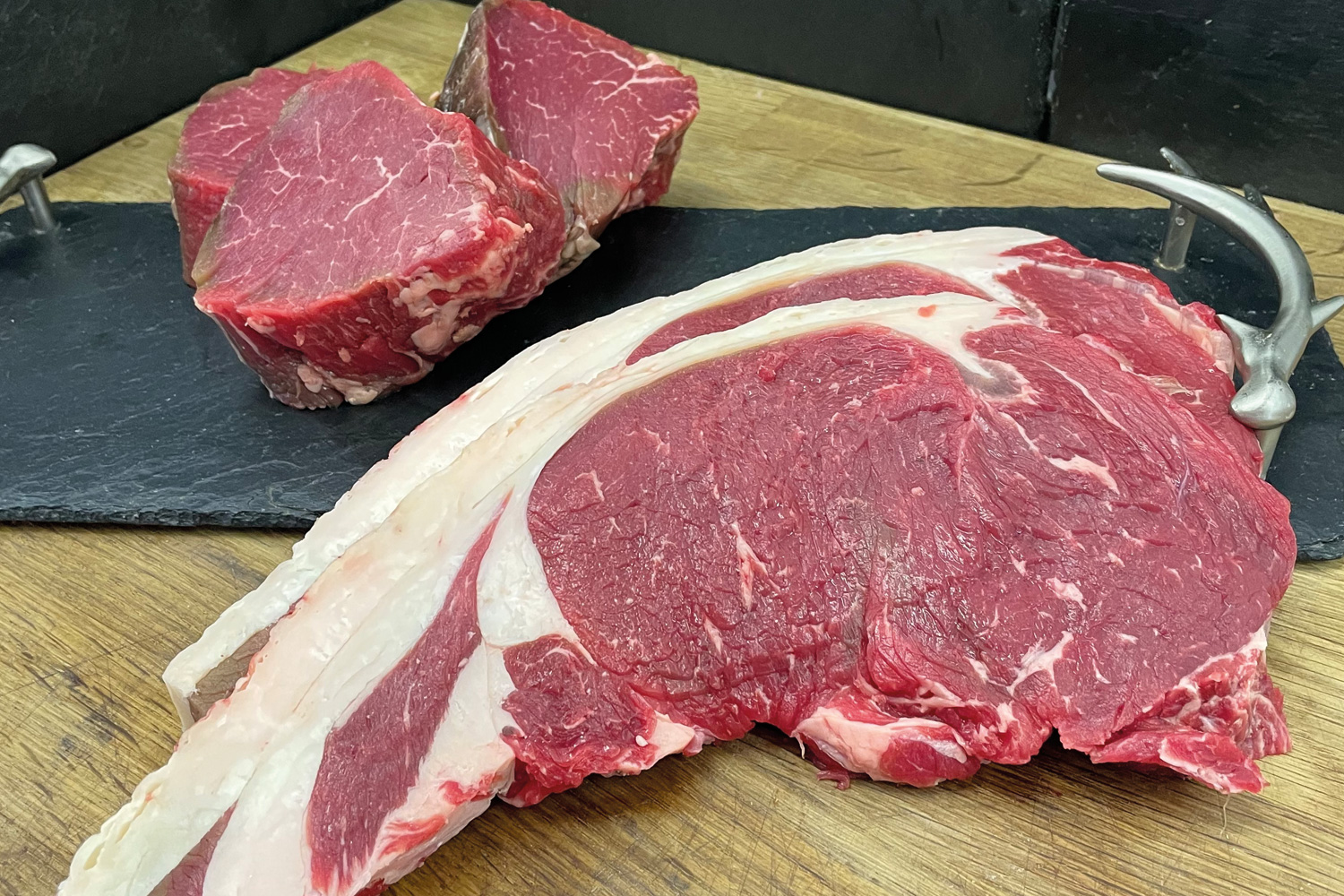

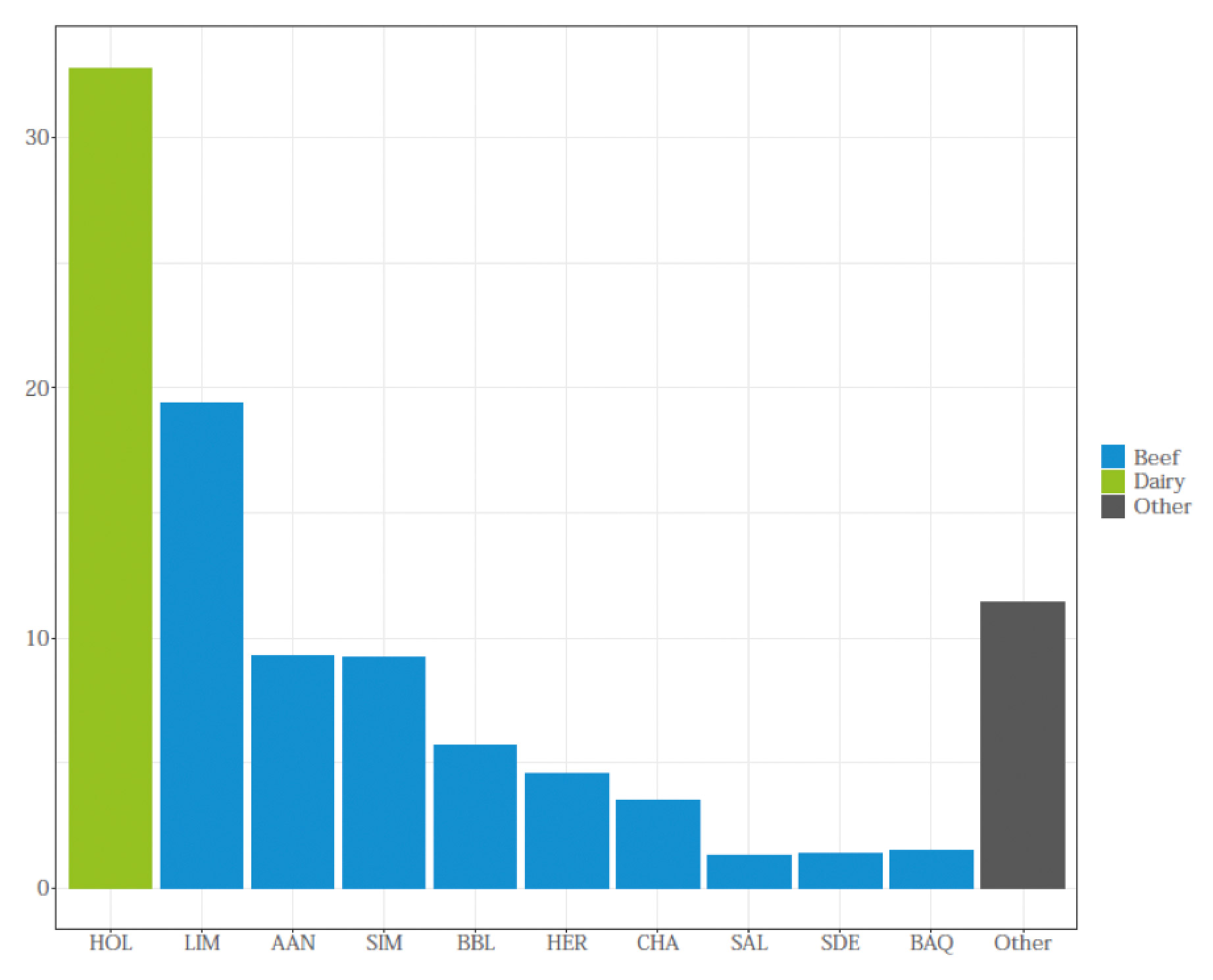
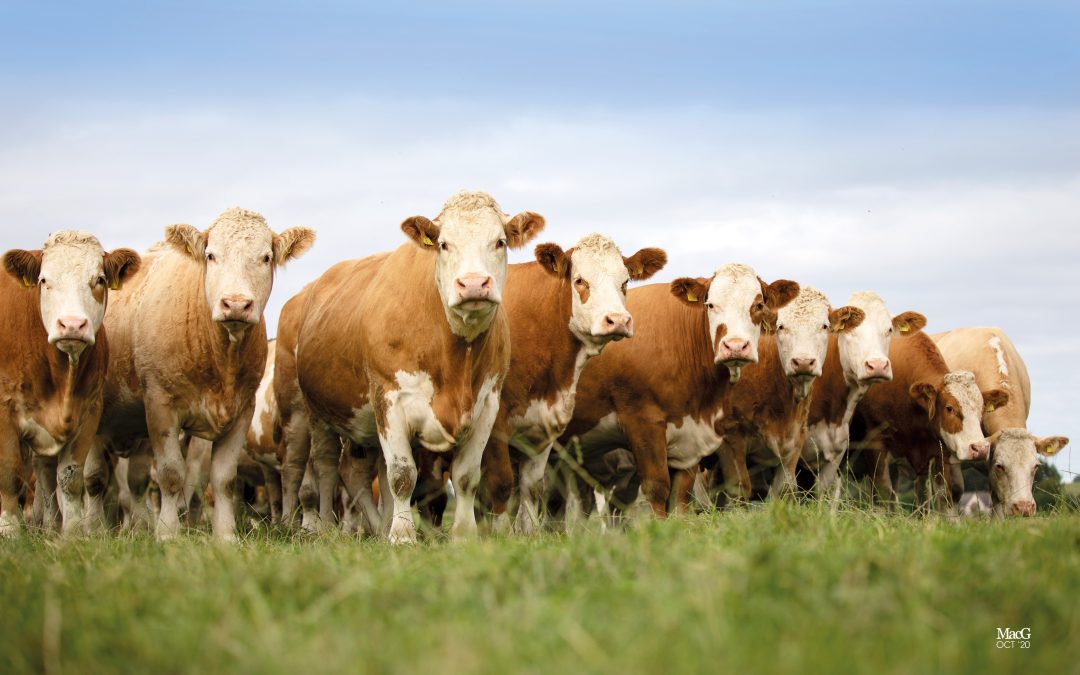
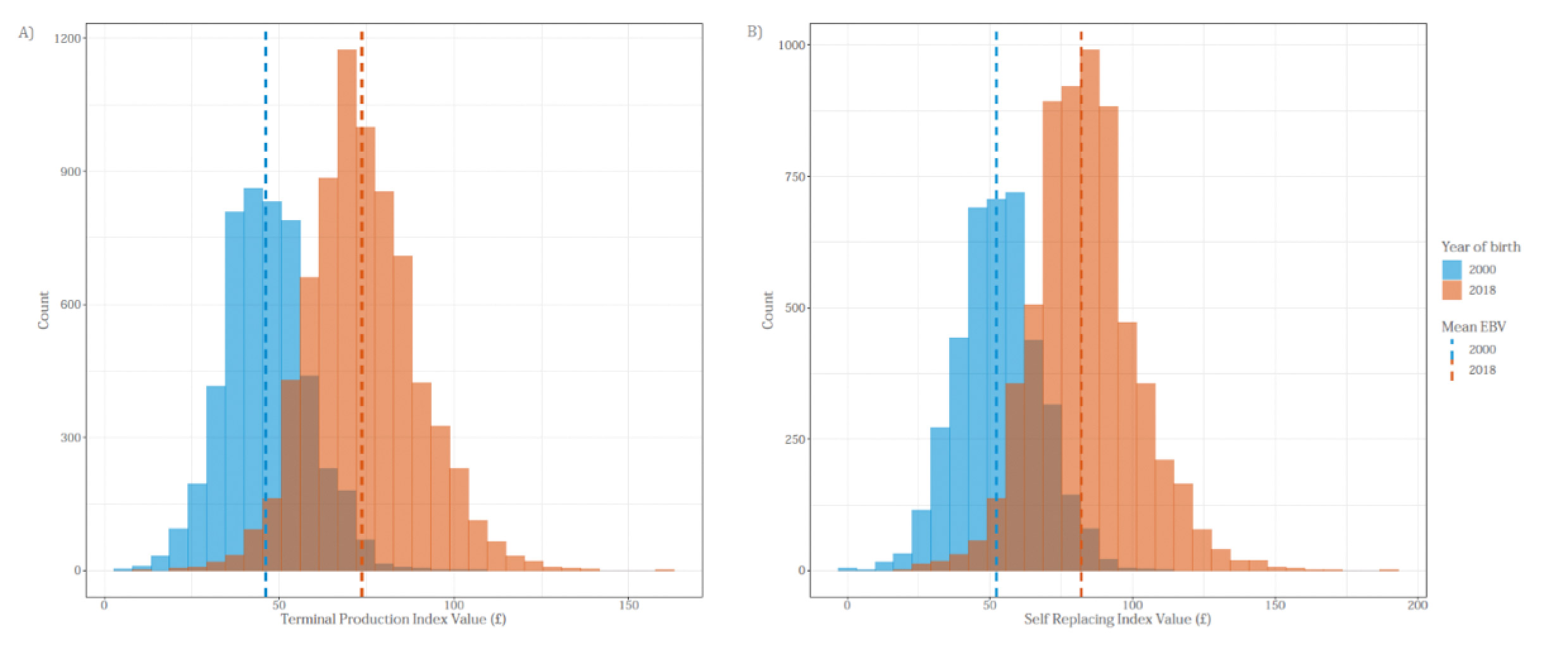
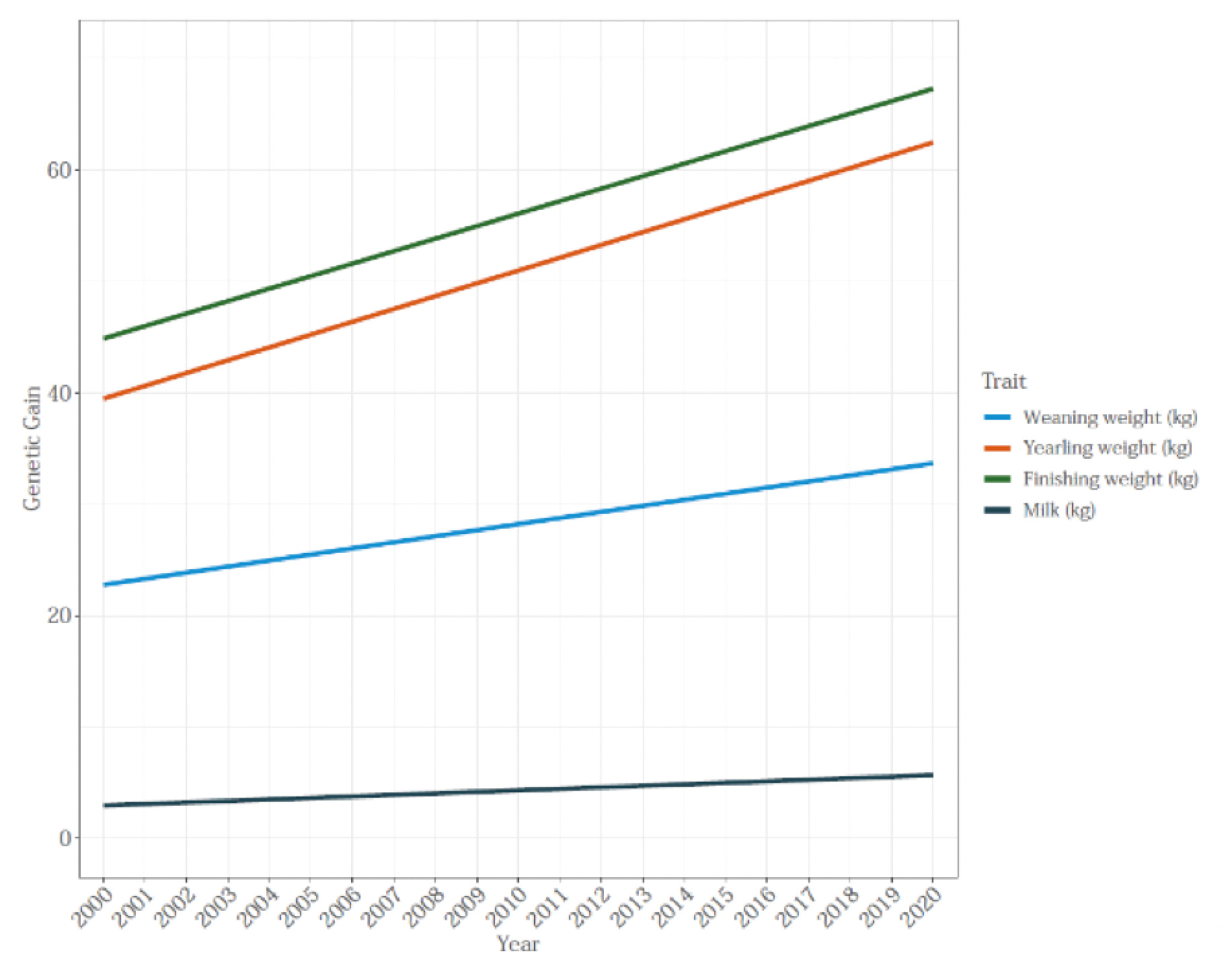
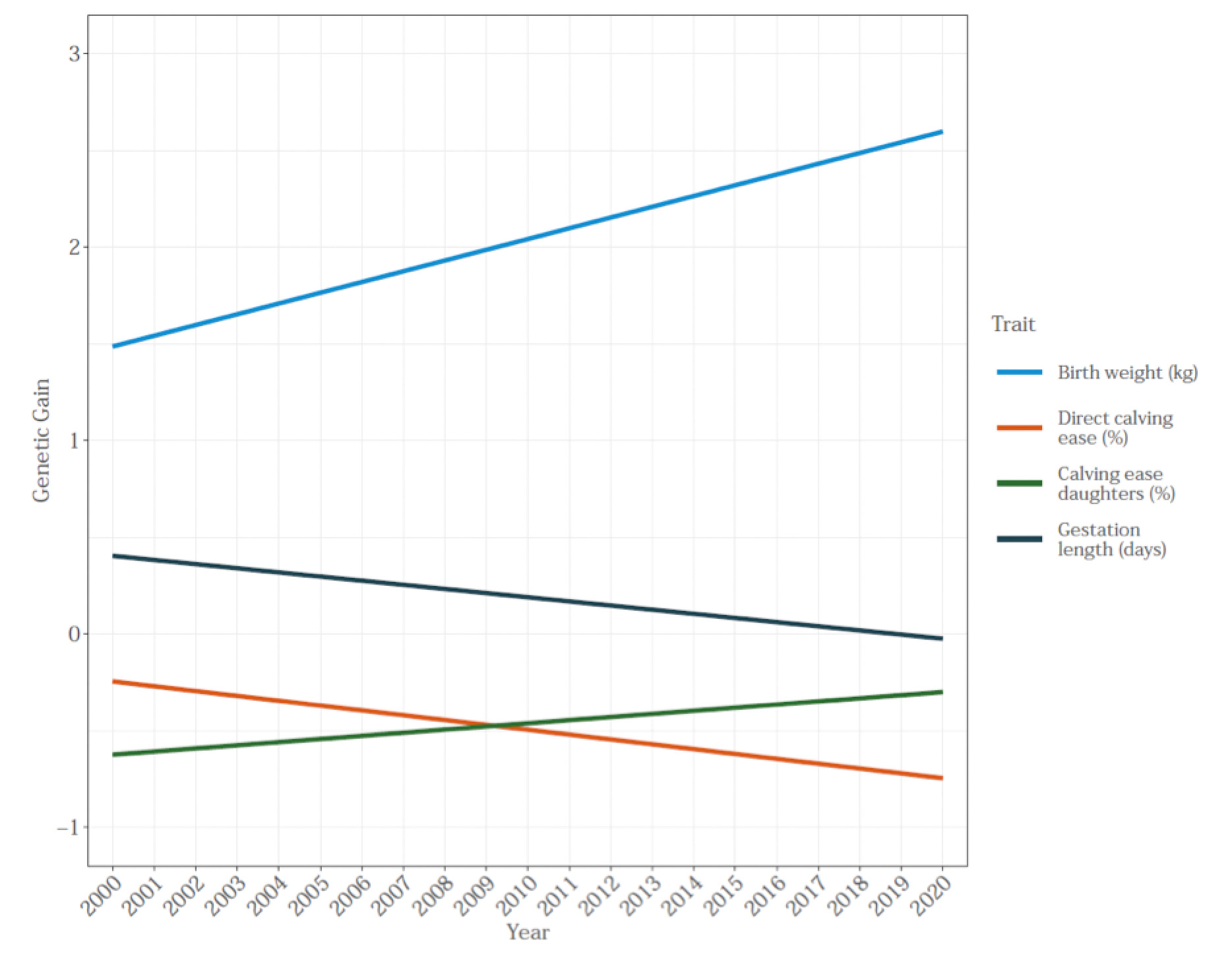

Recent Comments